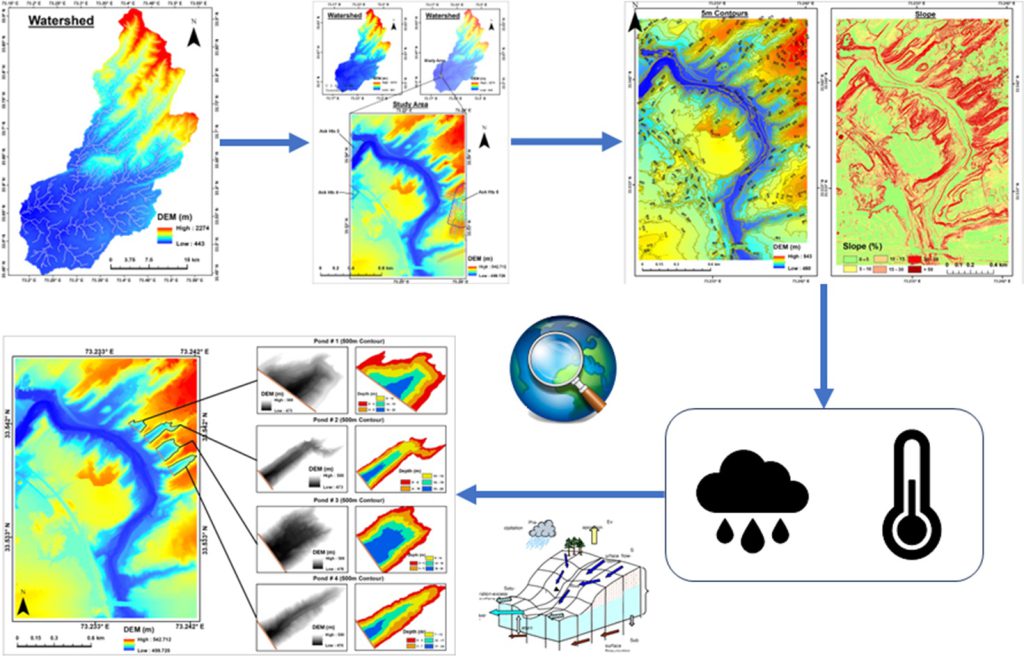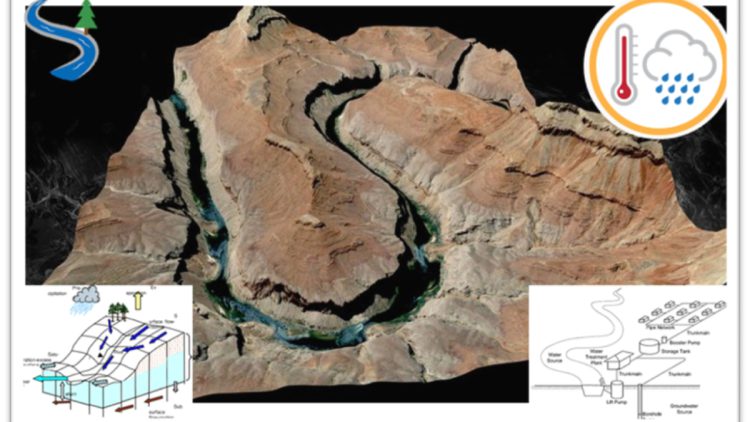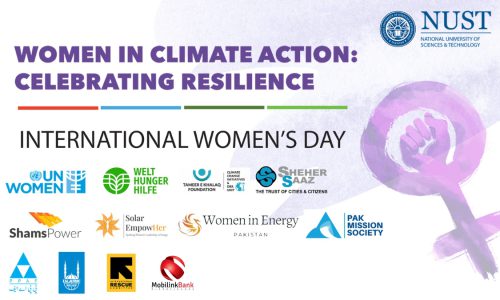The recent climate changes pose significant threats to urban water accessibility. Shifts in the patterns of climate variables lead to increased water scarcity and competition for resources in urban areas. In addition, climate change-triggered extreme weather events can damage water infrastructure, disrupt supply systems, and compromise water quality. Aging infrastructure is vulnerable, and increased water demand, coupled with inadequate preparation, can strain urban water supplies. Addressing these challenges requires resilient infrastructure, sustainable water management practices, and public awareness to ensure the continued accessibility of water in urban environments.
Among the modern-era remedies, hydrology serves as a valuable tool to mitigate urban water scarcity by providing insights into water availability, distribution, and management. Through hydrological assessments, cities can identify sustainable water sources, assess the impact of climate change on precipitation patterns, and optimize water allocation. Advanced modeling techniques help forecast water demand and guide efficient infrastructure planning. Additionally, hydrology enables the design of stormwater management systems to capture and reuse rainwater, reducing dependency on external water sources. Implementing hydrological data in decision-making processes allows for the development of adaptive strategies to address changing conditions, contributing to resilient urban water systems and effective mitigation of water scarcity challenges.
This project, awarded by the Housing Directorate to MCE, focuses on investigation of sustainable water supply sources for residential complexes by utilizing hydrology as a tool. The aspect of the project focusing on sustainable and clean water supply maps to SDG 6 (clean water and sanitation) while that focusing on hydroclimatic parameters maps to SDG 13 (climate action). Such studies provide crucial insights into the local hydrological cycle, including rainfall patterns, runoff characteristics, and groundwater recharge rates.
The groundwater profile of study area, Askari Towers (in DHA Phase-V), depicts that a potentially sustainable supply of groundwater is quite rare to find there. Consequently, the project covered only the investigations related to surface water hydrology. Given that Sawan River flows through the study area, the surface water streamflow network was determined by processing the digital elevation model (DEM) of watershed of Sawan. A high-resolution DEM was further developed and utilized to investigate surface water pondage that could contribute to rainwater harvesting. Rainwater harvesting potential through surface ponds was calculated as ~80,000 gallons/month that could be safely utilized for domestic usage after a certain water treatment. Further, hydrological modeling was conducted to come up with the past and future streamflow trends in the river and for domestic water requirement of another 7.57 ML/day, a rising main pipeline of 5400 m was designed to carry surface streamflow water from Sawan River to the Askari Towers.

Hydrological studies, in addition to offering a wide range of benefits to water resources management, can be used as an effective tool to mitigate urban water scarcity through streamflow modeling to rainwater harvesting as was done in this project.
The author is Assistant Professor, Head of Department of Water Resources Engineering and Management, and Head of Department of Disaster Management at Military College of Engineering (NUST). He can be reached at [email protected].
Research Profile: https://bit.ly/43jJY9l

![]()






